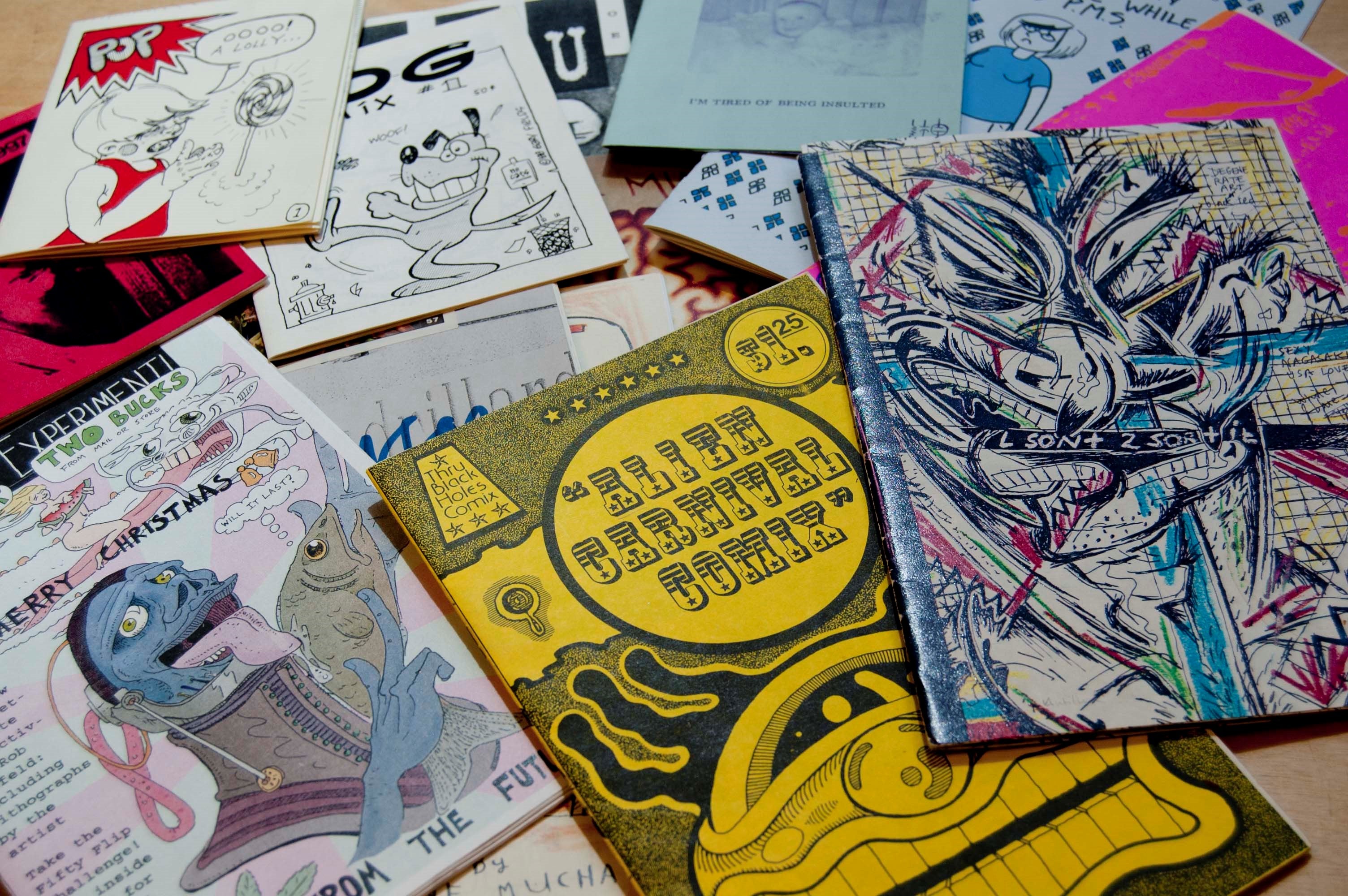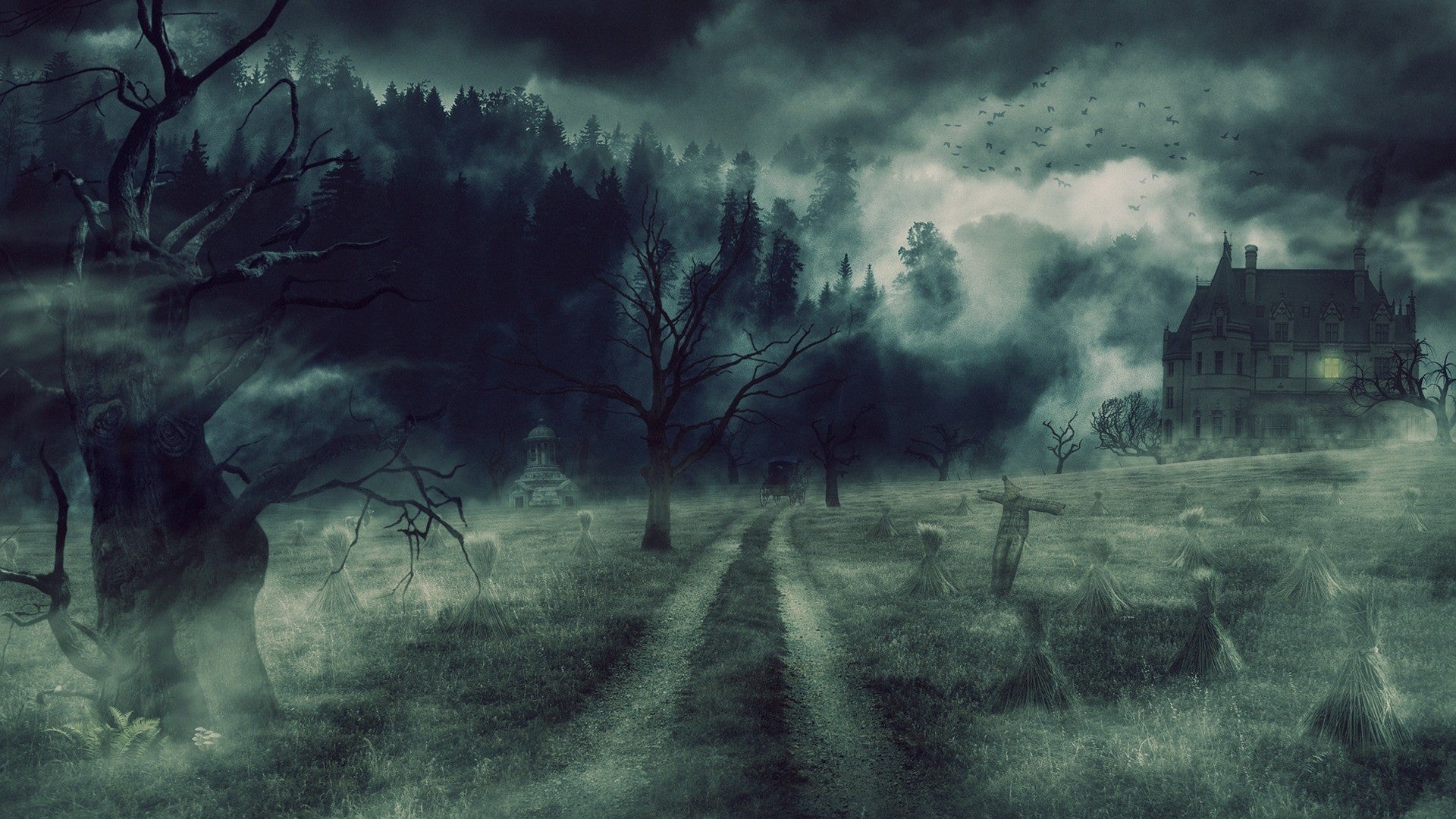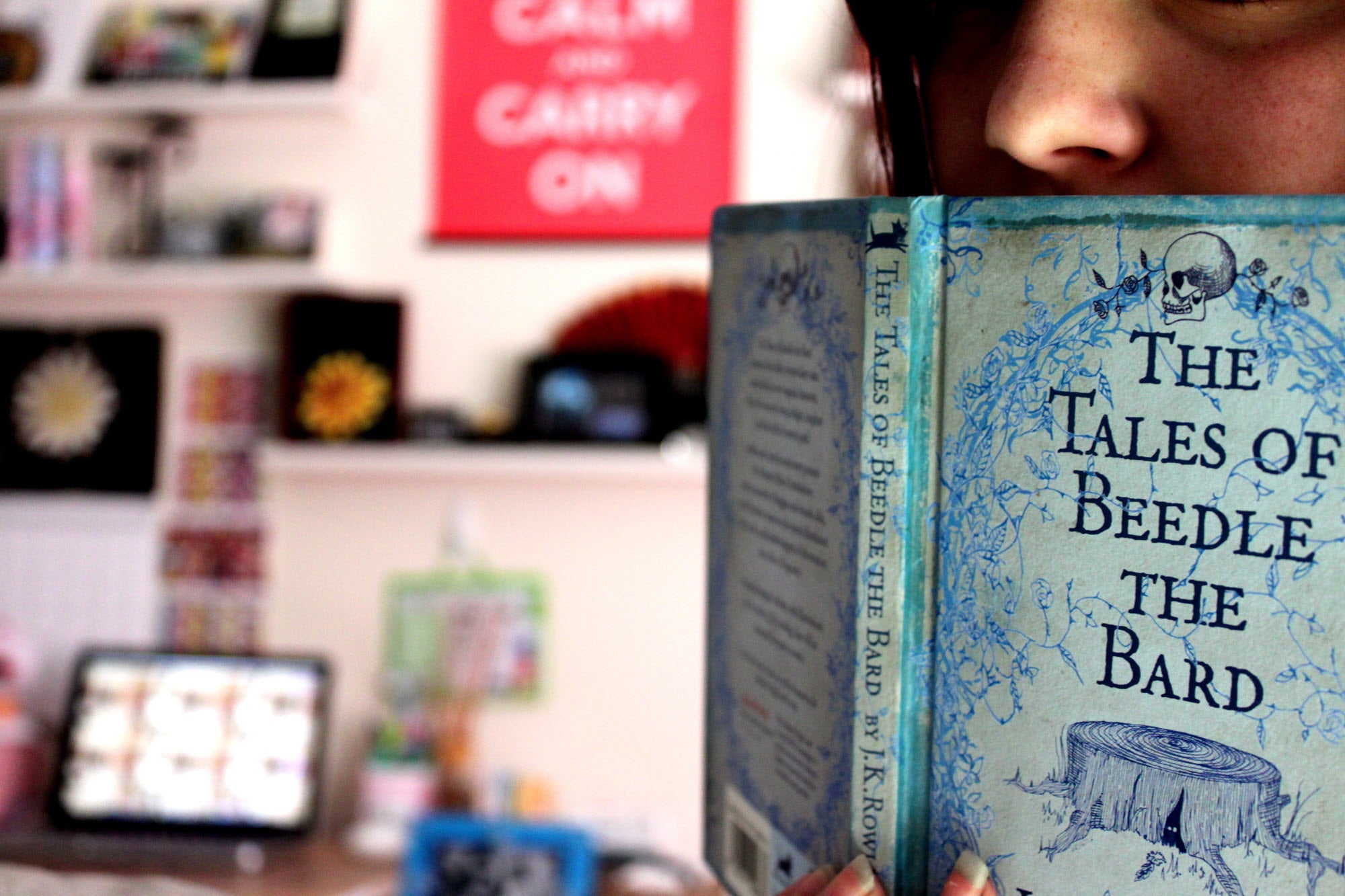6 spring ASU English courses that peel back the layers on tech, language

This spring, the Department of English at Arizona State University wants you to plug in.
Or at least, it wants you to consider when, where, why and how you plug in. This humanities unit is offering a plethora of courses — spanning topics from artificial intelligence to Mark Zuckerberg — that focus on or take place in digital environments. Spring 2020 classes include critical studies of social media, augmented reality and wearables, zines, ghost stories, computer-assisted language learning, the archetypal matrix and more.
A few noteworthy choices are below, but there are even more options in the ASU class schedule (search by “ENG,” “FMS,” “LIN” or “APL” prefixes), where you can find both online and in-person courses.
1. FMS 394 — Social Media Entertainment
Do you have what it takes to be a social media “influencer”? This digital occupation is driven by enigmatic personalities with sizable online followings: Think Cristiano Ronaldo, Kylie Jenner and Selena Gomez.
You’re probably not a soccer star, celebrity socialite or professional musician, but that’s not a problem in this ASU course. Assistant Professor Sarah Florini — who studies emerging media and racial politics, and whose forthcoming book on digital networks is titled “Beyond Hashtags” — aims to introduce students to the rigor involved in being a media phenomenon. She bets there will be a bit of a learning curve, even as she guides students in DIYing a platform. “Despite its ubiquity,” Florini said, “most people don’t understand the processes involved in creating and maintaining influencer status.”
Students in Florini’s course will try their hand at becoming influencers, creating, launching and maintaining their own influencer brand. They’ll even learn about monetization strategies. “It is not a ‘how-to’ class,” Florini cautioned. “Instead, it’s a deep and hands-on examination of the possibilities and barriers that come with this new media profession.”
If you register: FMS 394 Social Media Entertainment (class #30550) meets Tuesdays and Thursdays from 10:30 to 11:45 a.m. on ASU’s Tempe campus.

2. ENG 494 — Writing in Digital Spaces
In describing his spring 2020 “Writing in Digital Spaces” course, ASU Assistant Professor Jacob Greene referred to the plot of the popular dystopian Netflix series “Black Mirror,” in which a social crediting platform infiltrates nearly every aspect of life.
“Hold a door open for a stranger? Plus two points,” said Greene. “Spill coffee on an important person? Minus five points.”
Greene said he plans his spring course to engage a similar kind of speculative thought experiment “by considering how digital technologies are transforming how we talk, think, write and act in a variety of contexts, from workplaces to classrooms to social interactions.”
A digital technology researcher, Greene himself is a regular user and developer of mobile augmented reality applications; he is hoping to bring students along for the virtual ride. Participants in Greene’s course will analyze augmented/virtual reality, social networking sites, video/sound/image sharing platforms and wearable technologies to develop a more nuanced understanding of the merits and downfalls of emerging technologies.
If you register: ENG 494 Writing in Digital Spaces (class #31569) meets Mondays, Wednesdays and Fridays from 12:55 to 1:45 p.m. on ASU’s Tempe campus.

3. ENG 345 – Making Zines for Social and Environmental Issues
Think old-school tech. Decidedly un-digital, handmade “zines” are the focus of this literature course team-taught by English professors Jeffrey Cohen and Ron Broglio. The zine has a long history of helping promote alternative views and foment revolutionary thinking. After a short lag in public interest during the 1990s — because internet! — the zine is again having its day.
“Making Zines for Social and Environmental Issues” educates students about maker culture by, well, making. Using various modes of writing, art and bookmaking, students will design and hand-produce books, manifestos and pamphlets that “imagine a more just and ecological future,” said Broglio.
“The class connects to current zine culture in Phoenix as well as to our life in the Sonoran Desert and is part of a long history of underground writing for creating better worlds. No previous skills needed. This is an entry-level DIY class, and everyone is welcome,” Broglio said.
Cohen and Broglio bring an ecological consciousness to this hands-on literature study. Both are environmental humanities scholars with feet in administrative realms; Cohen is dean of humanities in The College of Liberal Arts and Sciences, and Broglio directs the Desert Humanities Initiative in the Institute for Humanities Research. The pair intend the course to enhance students’ critical thinking and communication skills, including the ever-useful persuasive argument.
“This is a good way for students to think about issues and audience,” Broglio said. “What do you want to say to people? And how can you convey these ideas in an accessible and meaningful way that moves your audience?”
If you register: ENG 345 Making Zines for Social and Environmental Issues (class #30022) meets Tuesdays and Thursdays from 10:30 to 11:45 a.m. on ASU’s Tempe campus.

4. ENG 394 — Contemporary Literature for Writers: Ghosts in the Attic, Bodies in the Basement
You could say that this ASU Online course on spooky stories makes use of both the Ethernet and the ether. Instructor Jonathan Danielson, a fiction writer, coaches students on how elements of craft have real, not arbitrary, connections to the content they depict in “Contemporary Literature for Writers: Ghosts in the Attic, Bodies in the Basement.”
With a reading list that includes such unsettling titles as “We Have Always Lived in the Castle” by Shirley Jackson, “Springtime: A Ghost Story” by Michelle de Kretser, “Disquiet” by Julia Leigh and “Mrs. Caliban” by Rachel Ingalls, assignments will explore recent fiction that’s ghostly, gothic and grim. This is a creative writing class, but Danielson said the initial focus will be on creative reading.
“It’s not a class about ‘how-to-write,’ said Danielson, “but rather an exploration of how writing ‘has-been-done’ and ‘is-being-done.’” That said, students will have an opportunity to write, and Danielson stresses they will be asked to focus on aesthetics when building their narratives. “So far I've taught it every semester for the last three years,” said Danielson, “and each time students seem to have a great experience reading works they wouldn't normally choose, and writing exercises that push them out of their creative comfort zones.”
If you register: ENG 394 Contemporary Literature for Writers: Ghosts in the Attic, Bodies in the Basement (class #23639) is offered through ASU Online during Session B.

5. ENG 404 — Second Language Acquisition: Technology and TESOL
For those considering a Fulbright English Teaching Assistant or similar in the future, this course on using tech to aid in teaching English as a second or other language may give a leg up.
Taught by Associate Professor Bryan Smith, a language researcher who oversees ASU’s graduate certificate in Computer-Assisted Language Learning (CALL) and edits the international CALICO Journal, the class traces the development of CALL over the last three decades, focusing on research that explores how technology can help facilitate second language development. Students will use empirical data to inform their coursework, but Smith promises that class sessions won’t be dry.
“We’ll explore topics such as teaching culture and skill areas with technology, as well as computer-mediated communication, virtual exchanges, gaming, fan fiction and more,” he said.
“Second Language Acquisition: Technology and TESOL” is useful for pre- or in-service ESL/EFL teachers, foreign language teachers, administrators and anyone aiming to boost their educational credentials.
If you register: ENG 404 Second Language Acquisition: Technology and TESOL (class #19978) meets Tuesdays from 4:50 to 7:35 p.m. on ASU’s Tempe campus.

6. ENG 470 — Symbols & Archetypes in Children’s Literature
Harry Potter fans will find fellowship in this online course instructed by Faculty Associate Joyce Jamerson, a national literacy leadership specialist who teaches for ASU’s English education program. “Symbols & Archetypes in Children’s Literature” offers an introduction to character archetypes and stages of the “hero’s journey” — the very journey of everyone’s favorite boy wizard — through analysis of children’s texts.
“Simply defined, archetypes are patterns,” explained Jamerson. “There are different types of archetypes that can be identified in literature including character archetypes, situational archetypes and symbolic archetypes. Swiss psychologist Carl Jung suggests that archetypes are constantly repeating characters who occur in the dreams of all people and the myths of all cultures.”
Students in Jamerson’s class will have the opportunity to read and analyze a plethora of beloved children’s books, including those by J.K. Rowling, but also by Pam Muñoz Ryan, Rita Williams-Garcia, Christopher Paul Curtis, Patricia Polacco and James Dashner. Jamerson described the course as “addictive” in that once students begin to see literature and film through the lens of the “archetypal matrix,” they can’t un-see it.
“If you have decided to throw caution to the wind and enter the archetypal matrix,” she said with a wink, “I look forward to meeting you on the other side!”
If you register: ENG 470 Symbols & Archetypes in Children’s Literature is offered online in sessions A and B, as both an iCourse (classes #19768 and #19770) for Tempe campus students and an oCourse (classes #19767 and #19769) for ASU Online students.
—
This list is just a sampler of what’s offered in the Department of English, an academic unit of The College of Liberal Arts and Sciences, during spring 2020. Taught by award-winning faculty from myriad specialties in creative writing, English education, film and media studies, linguistics and applied linguistics, literature, and writing, rhetorics and literacies, the courses cross disciplinary boundaries and are designed to reach students where they are.
Image information (from top): Social media influencer (Gerd Altmann on Pixabay under CC 2.0); photo of Mark Skwarek's augmented reality art project "The Leak in Your Hometown" (courtesy of Jacob Greene, used with artist's permission); closeup of zines in Joan Flasch Artists' Book Collection (Flaxman Library on Flickr under CC 2.0); gothic mansion with fog (Sebastián Malz on Pixabay under CC 2.0); human with technology (Needpix.com); and girl reading J.K. Rowling book (Lozikiki on Flickr under CC 2.0).
More Arts, humanities and education

ASU instructor’s debut novel becomes a bestseller on Amazon
Desiree Prieto Groft’s newly released novel "Girl, Unemployed" focuses on women and work — a subject close to Groft’s heart.“I have always been obsessed with women and jobs,” said Groft, a writing…

‘It all started at ASU’: Football player, theater alum makes the big screen
For filmmaker Ben Fritz, everything is about connection, relationships and overcoming expectations. “It’s about seeing people beyond how they see themselves,” he said. “When you create a space…

Lost languages mean lost cultures
By Alyssa Arns and Kristen LaRue-SandlerWhat if your language disappeared?Over the span of human existence, civilizations have come and gone. For many, the absence of written records means we know…

